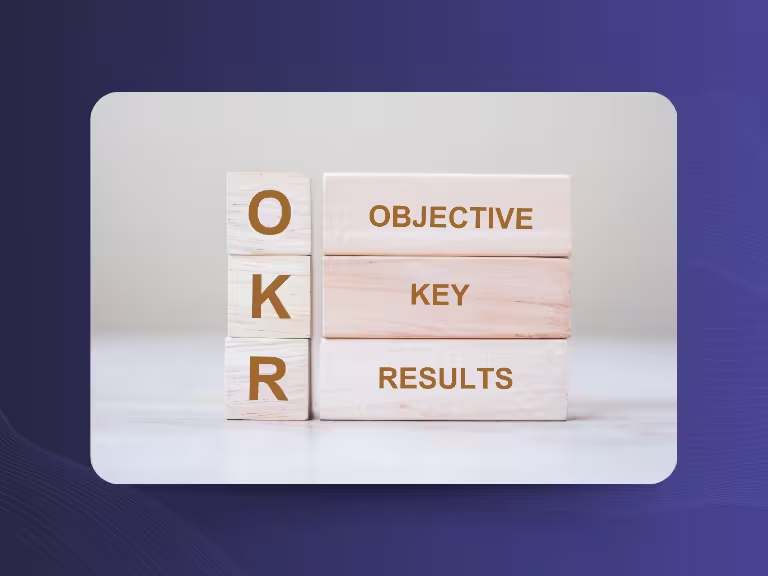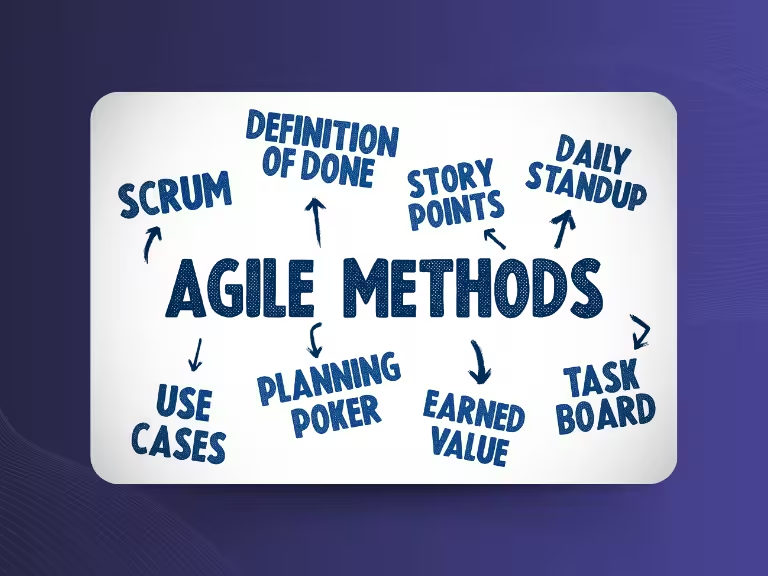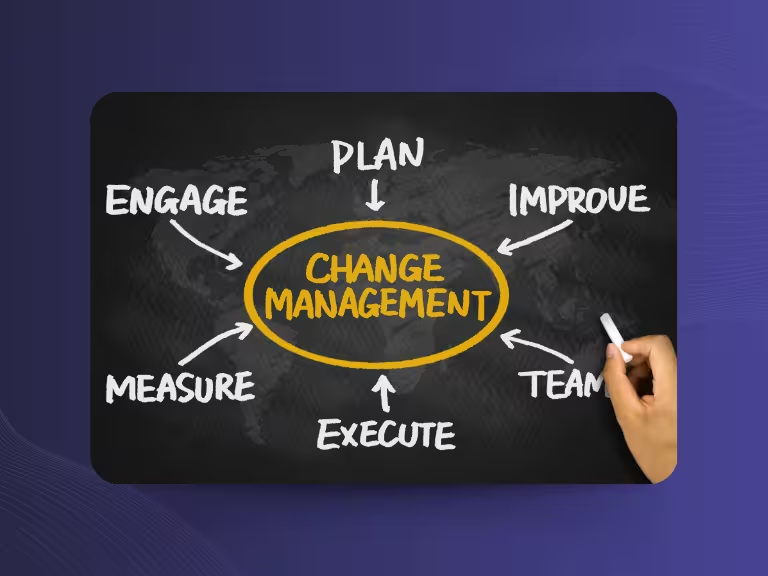In the modern workplace, meetings are omnipresent. Whether in the office, at home, or hybrid – we spend hours daily in virtual and physical meeting rooms. However, while meetings should actually be productive exchange platforms, they are often perceived as time-wasters and productivity killers. Poor meeting culture leads not only to frustration and demotivation, but also to inefficient use of resources and time.
Studies show that on average 15 to 30% of work time is spent in meetings, a large portion of which is perceived as inefficient. A 2023 Microsoft survey even found that 53% of employees feel stressed by too many or poorly conducted meetings. These figures illustrate how important it is to develop a sustainable meeting culture.
This article shows you what makes a good meeting culture and how you can make meetings more effective, motivating, and goal-oriented. You'll learn practical meeting strategies and meeting best practices that will sustainably improve both your productivity and participants' satisfaction.
What is Meeting Culture? – Definition and Significance
Basic Characteristics of Meeting Culture
Meeting culture encompasses all shared behaviors and habits that develop in a company or team around meetings. It goes far beyond organizational rules and includes both social and psychological aspects of collaboration.
A good meeting culture is characterized by clear structures, respectful communication, and goal-oriented discussions. It creates a framework where all participants feel valued and can actively contribute to success. Both formal elements like agendas and time management, as well as informal aspects like trust and psychological safety, play a crucial role.
Meeting culture significantly influences team collaboration and productivity. It determines how openly communication flows, how decisions are made, and how creative ideas emerge. A positive meeting culture strengthens employees' sense of belonging and intrinsic motivation.
Common Problems of Poor Meeting Culture
The so-called "Over-Meeting Culture" is a widespread problem in many companies. It manifests through too many, poorly prepared, and ineffective meetings that cost more time than they create value. Typical signs include missing agendas, unclear goals, lack of preparation, and low participant engagement.
These problems lead to noticeable impacts on work quality: participants feel frustrated, demotivated, and develop a negative attitude toward meetings. The result is often a vicious cycle where even more meetings are scheduled to solve the problems of previous ones.
Studies prove that inefficient meetings not only cost time but also affect employee well-being. They can lead to stress, exhaustion, and ultimately lower productivity. Conscious meeting optimization is therefore essential for business success.
Best Practices for Successful Meeting Culture – Practical Strategies and Tips
Efficient Meeting Preparation
The foundation of efficient meetings lies in thoughtful preparation. A clear agenda communicated in advance serves as a guide and helps all participants prepare specifically. Harvard Business Review research shows that meetings with pre-communicated agendas are up to 20% shorter and significantly more effective.
Another crucial factor is targeted participant selection. Only those who can actually contribute or are affected by the results should be invited. This not only reduces costs but also increases focus and meeting productivity.
Time limits and punctuality are also indispensable elements of good meeting culture. By consistently adhering to start and end times, you signal respect for everyone's time and promote a focused work atmosphere.
Fostering Engaged and Productive Meeting Participation
Active participation from all attendees is the key to valuable meeting outcomes. This requires creating an atmosphere of psychological safety where all participants dare to express their opinions openly. Appreciation and openness must be actively promoted.
Conscious handling of hierarchical and cultural differences is particularly important. Hofstede Insights research shows that hierarchy and communication cultures strongly influence meeting dynamics. In hierarchically oriented cultures, supervisors often dominate discussions, while egalitarian cultures foster more open participation.
Interactive methods like digital whiteboards, brainstorming tools, or structured discussion rounds can significantly boost engagement. These tools also enable quieter participants to actively participate and contribute their ideas.

Strategic Use of Technology for Better Meetings
Digital tools can significantly improve the meeting experience. Modern meeting assistants like Sally automate documentation, create summaries, and integrate seamlessly into existing CRM and project management systems. This saves time and ensures comprehensive documentation of important decisions.
Meeting analytics are becoming increasingly important for measuring efficiency and participant satisfaction. These tools can provide insights into meeting effectiveness and identify areas for improvement.
Particularly in hybrid and remote meetings, technology offers decisive advantages. It enables effective collaboration of geographically distributed teams and promotes communication even when not all participants are in the same location.
Cultural and Psychological Aspects of Meeting Culture – The Often Underestimated Success Factor
Understanding and Integrating Cultural Differences
In international and diverse teams, cultural differences play a crucial role in meeting success. Different cultures have different communication styles, hierarchy concepts, and decision-making processes. A successful meeting culture considers these differences and adapts accordingly.
Adapting meeting format and moderation to diverse teams requires sensitivity and understanding. Some cultures prefer direct communication, while others communicate more indirectly. Some expect clear hierarchies, others rely on egalitarian decision-making.
For multinational teams, it's recommended to test different meeting formats and regularly gather feedback on cultural appropriateness. Flexibility and adaptability are key to success here.
Psychological Effects of Meetings on Employees
Meetings are social events that have significant impacts on employee well-being and motivation. A positive meeting culture strengthens sense of belonging and intrinsic motivation, while negative experiences can lead to frustration and demotivation.
Gallup studies show that employees who regularly have positive meeting experiences demonstrate higher job satisfaction and stronger engagement. Conversely, inefficient meetings lead to stress, exhaustion, and lower productivity.
Fostering team spirit and trust through positive meeting atmosphere is an often underestimated success factor. Meetings offer opportunities to strengthen relationships, define common goals, and create a sense of togetherness.
Social Dynamics and Their Role in Meetings
Group dynamic factors like trust, role distribution, and conflict culture significantly shape meeting outcomes. Conscious handling of these dynamics is crucial for meeting success.
Different team roles can be both enriching and challenging. While discussion leaders provide structure and creatives bring new ideas, critics and skeptics can raise important objections. A good meeting culture uses this diversity constructively.
Conflict management and leadership in the meeting context require special attention. Open communication and trust are the foundation for productive discussions and sustainable decisions.
Continuous Optimization of Meeting Culture – Feedback, Monitoring, and Long-term Strategies
Effectively Incorporating Feedback Mechanisms
Regular feedback rounds are essential for continuous improvement of meeting culture. Simple surveys and digital mood barometers can provide valuable insights into participant satisfaction. Companies with regular feedback rounds report 30% higher participant satisfaction.
Real-time feedback tools are becoming increasingly important as they enable direct meeting adjustments and improvements. These tools can be used during meetings to capture mood and adjust course when necessary.
Example tools for feedback collection range from simple online surveys to sophisticated analytics platforms that measure and evaluate various aspects of meeting quality.
Long-term Development of Positive Meeting Culture
Developing sustainable meeting culture requires long-term strategies and continuous investment. Training and workshops for meeting competencies can provide participants and moderators with important skills.
Using meeting coaches or professional moderators can be particularly helpful in the initial phase. They bring external perspectives and can help break established patterns.
Establishing a company-wide "meeting manifesto" with clear rules and roles creates accountability and orientation. This manifesto should be regularly reviewed and adjusted as needed.
Success measurement through concrete metrics like time utilization, participant satisfaction, or decision quality helps track progress and identify further optimizations.

Practical Example: Automated Meeting Documentation with "Sally"
AI assistants like Sally demonstrate how technology can sustainably improve meeting culture. Through automated creation of protocols, summaries, and tracking of action items, administrative burden is significantly reduced.
Integration into existing tools like CRM systems or project management platforms enables seamless process optimization. Important decisions and agreements are no longer lost but automatically transferred to appropriate systems.
Privacy-friendly handling of meeting data is a crucial factor. GDPR-compliant solutions ensure that sensitive information is securely processed and stored.
Conclusion: How to Successfully Transform to an Appreciative and Efficient Meeting Culture
A successful meeting culture is based on four pillars: careful preparation, active engagement from all participants, strategic use of technology, and continuous feedback. These elements work together to transform meetings from time-consuming obligations into valuable platforms for exchange, decision-making, and team building.
Considering cultural and psychological aspects is an often underestimated success factor. Creating psychological safety, appreciating diversity, and consciously shaping social dynamics contribute decisively to success.
The path to better meeting culture begins with small steps that can have great impact. A clear agenda, punctual starts and ends, targeted participant selection, and regular feedback are simple measures with lasting benefits.
Long-term, investing in positive meeting culture pays off for both productivity and employee satisfaction. Teams that develop an appreciative and efficient meeting culture report higher motivation, better results, and stronger cohesion.
Transforming your meeting culture is a continuous process that requires patience and commitment. But the investment is worthwhile – for you, your team, and overall business success.

Test Meeting Transcription now!
We'll help you set everything up - just contact us via the form.
Test NowOr: Arrange a Demo Appointment





